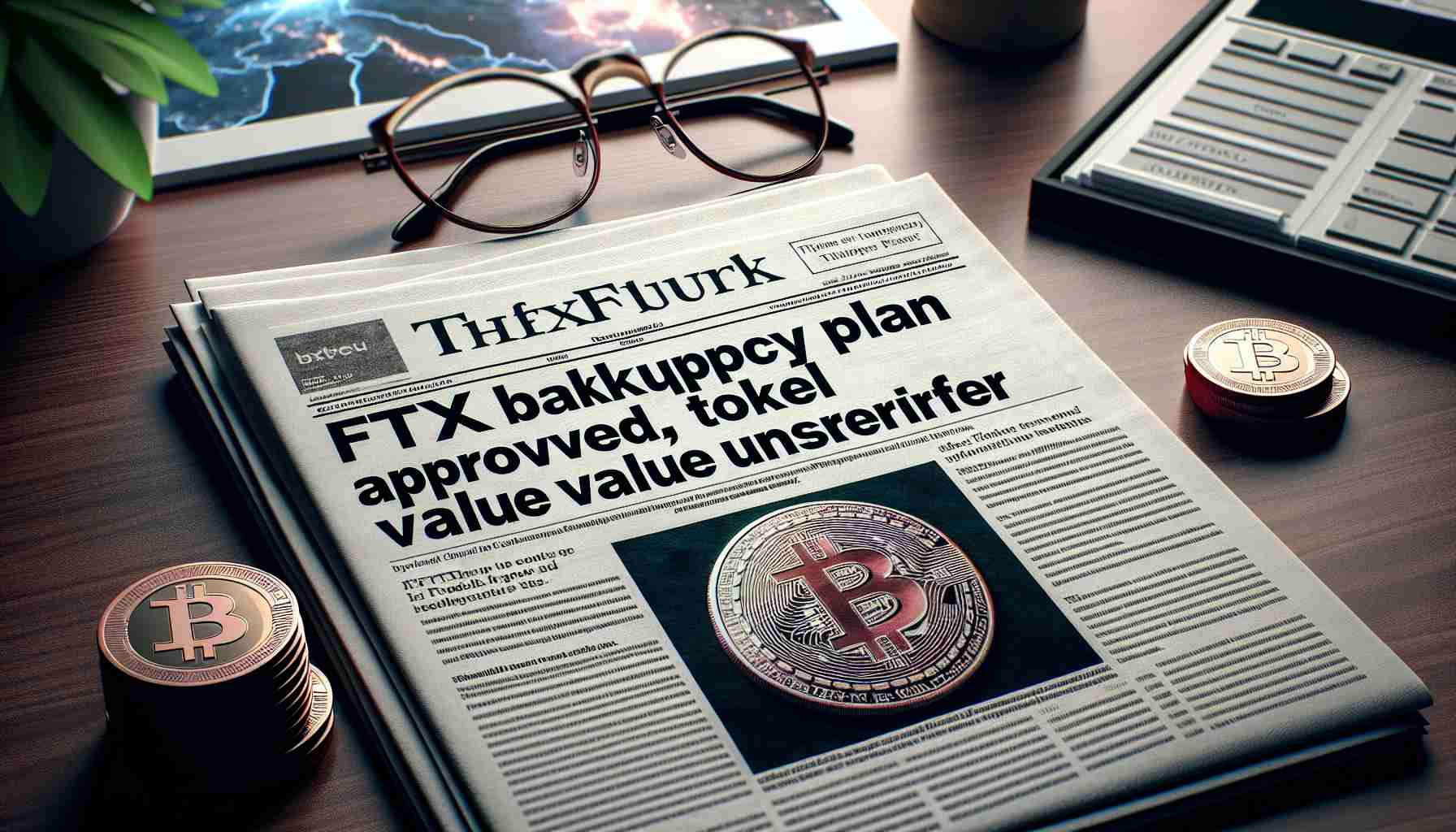In a significant development for FTX, the beleaguered cryptocurrency exchange has received judicial approval for its bankruptcy restructuring, leading to a dramatic rise in the value of its native token, FTT. Recent reports indicate that FTX’s assets will be utilized to repay customers in full, contributing to a surge in FTT’s value, which has increased by over 50% recently.
On Monday, the US Bankruptcy Court for the District of Delaware provided its nod for FTX’s reorganization plan, which promises creditors 119% of their validated claims. The court’s decision signifies progress in the long and turbulent journey since FTX’s downfall nearly two years ago.
However, amidst the optimism surrounding the repayment, the judge emphasized that FTT holds no financial value, reinforcing the grim reality for token holders. This judicial affirmation follows a supportive vote from a significant majority of creditors, enhancing confidence in the creditors’ recovery process, which will be executed within a 60-day window following the plan’s activation.
FTX has recovered substantial assets, estimated between $14.7 billion and $16.5 billion, as part of the bankruptcy proceedings. These funds are slated for distribution across multiple jurisdictions, with a focus on efficient and secure payout methods.
Despite past controversies, including the high-profile conviction of founder Sam Bankman-Fried for fraudulent activities, this outcome reflects a collaborative effort aimed at rectifying past mismanagement and ensuring the return of funds to affected customers.
FTX Bankruptcy Plan Approved, Token Value Uncertain: New Developments and Implications
In a landmark ruling, the U.S. Bankruptcy Court for the District of Delaware has approved FTX’s reorganization plan, a development that has sent ripples through the cryptocurrency community. While FTX aims to recover and redistribute its assets, uncertainties loom regarding the value of its native token, FTT, and the overall execution of its bankruptcy plan.
What are the Key Questions Surrounding the FTX Bankruptcy Plan?
1. How will FTX achieve the proposed payouts to creditors?
The court decision allows FTX to use its estimated assets ranging from $14.7 billion to $16.5 billion to repay its creditors. The plan outlines a structured distribution strategy across various jurisdictions. However, effective management of these assets is crucial to ensure that payouts are executed within the projected 60-day framework.
2. What does the court’s emphasis on the lack of financial value for FTT mean for token holders?
Despite the plan’s approval and a temporary rise in token value, the court has unequivocally stated that FTT is essentially valueless in its current state. This stark reality raises concerns among token holders about the likelihood of recovering any investment.
3. Will existing controversies surrounding FTX impact the recovery process?
With the founder Sam Bankman-Fried sentenced for fraud, the lingering negative perception of FTX could undermine public confidence in the recovery process, potentially complicating future reorganization efforts and impacting creditor trust.
Key Challenges and Controversies
The approval of FTX’s bankruptcy plan is not without its challenges. One of the principal issues is the ongoing skepticism in the cryptocurrency market regarding the credibility of the exchange, given its turbulent history. Additionally, regulatory scrutiny is expected to continue, as authorities closely monitor how the asset recovery process unfolds and whether the interests of the creditors are adequately protected.
There are also significant administrative and logistical challenges to efficiently manage the asset distribution across different legal jurisdictions, which could delay repayments and further complicate the bankruptcy proceedings.
Advantages of FTX’s Bankruptcy Plan
1. Asset Recovery:
With a substantial amount of assets expected to be available for repayment, creditors stand to recover funds, even exceeding their validated claims.
2. Judicial Oversight:
The approval process has been guided by judicial oversight, which aims to ensure transparency and fairness in asset distribution.
3. Structured Approach:
The plan promises a structured approach to claims, which could serve as a model for future cryptocurrency bankruptcies.
Disadvantages and Concerns
1. Token Valuation Issues:
The court’s statement regarding the lack of value in FTT raises questions about the future of the token and investor sentiment, potentially leading to further losses for existing holders.
2. Implementation Risks:
The intricate logistics of asset distribution may pose risks that could delay repayments or lead to disputes among creditors.
3. Lack of Public Confidence:
The scandals surrounding FTX have created an environment of mistrust within the cryptocurrency market, which might hinder new investments or partnerships essential for the company’s recovery.
In conclusion, while the judicial approval of FTX’s bankruptcy plan marks a significant step towards recovery, the future remains uncertain. Stakeholders must navigate the challenges ahead, from ensuring the efficient distribution of assets to addressing the lingering stigma associated with FTX.
For further information on cryptocurrency regulations and related developments, visit CoinDesk or The Block.











